Water Horses, Wild Gods and the Hare in the Moon: Stories from The Treasury of Folklore
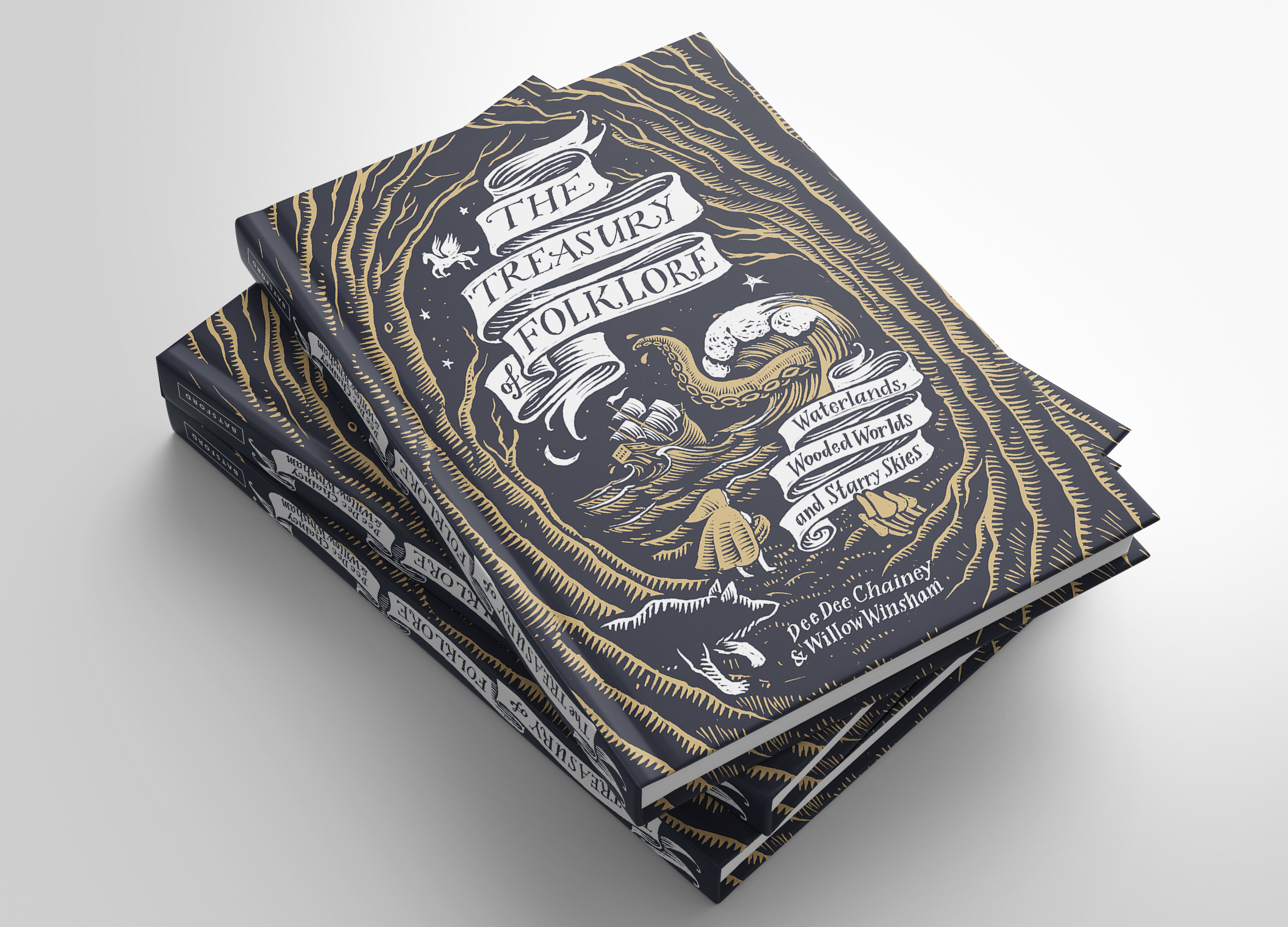
A Treasury of Folklore: Waterlands, Wooded Worlds and Starry Skies will be released on 1st August, 2024.

A Treasury of Folklore: Waterlands, Wooded Worlds and Starry Skies will be released on 1st August, 2024.

Fancy a folkloric read? Check out FolkloreThursday’s books!

In Tudor and Stuart England, angels were believed to deliver messages, protect the godly, carry souls to heaven, punish sinners, and carry out God’s will.
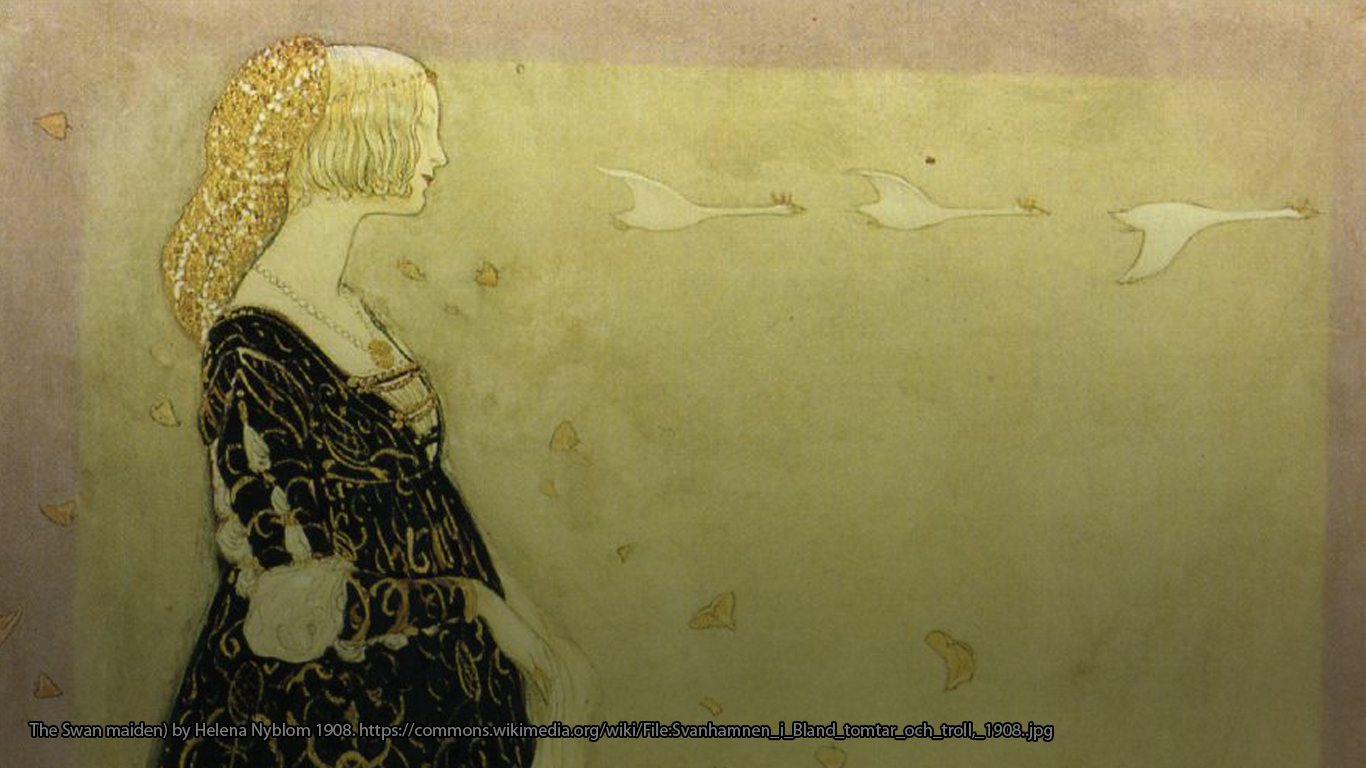
What is it about swans? They feature heavily in Western European folklore, a graceful animal for a human to be transformed into as a curse, or shapeshifting into humans at will.
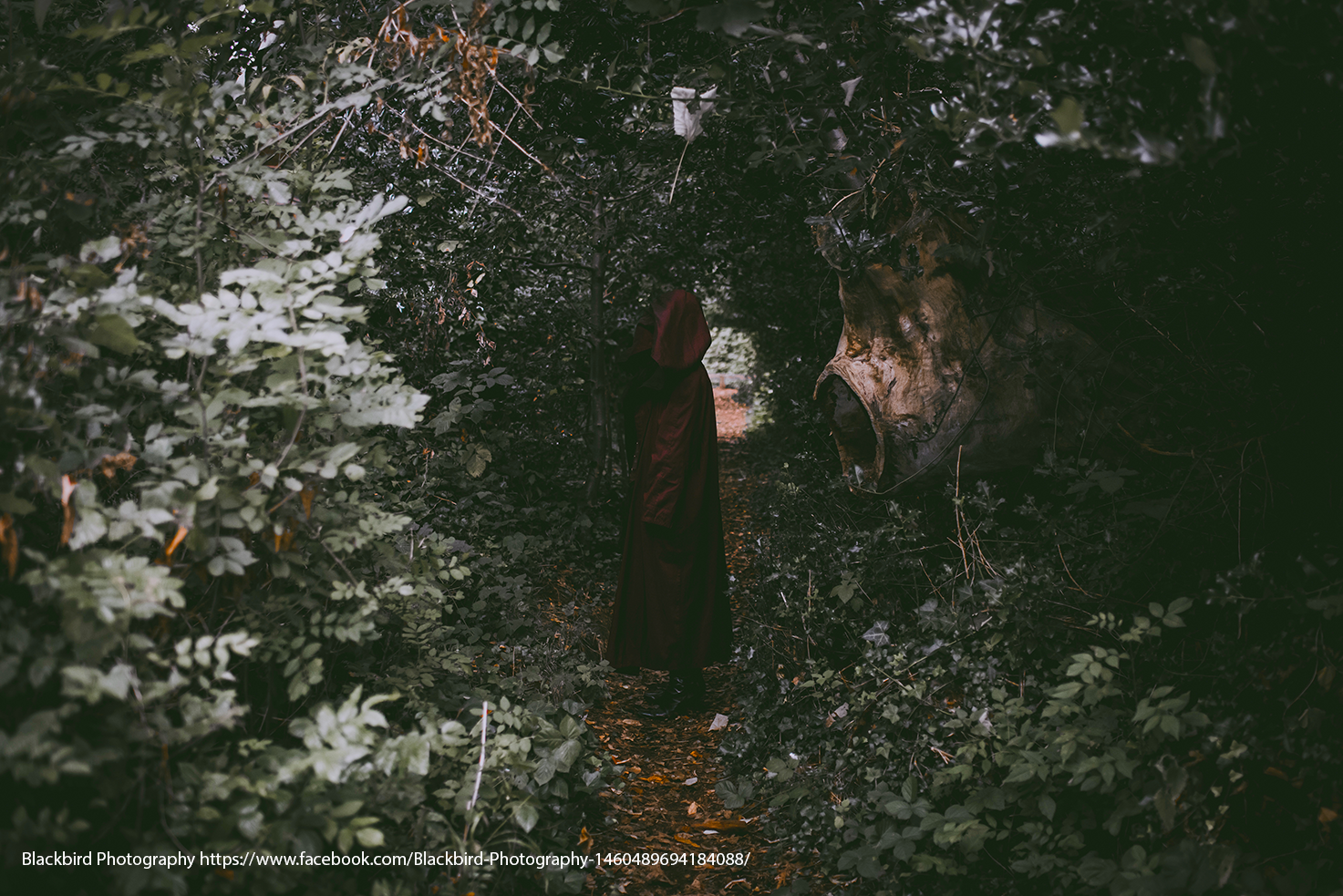
North London has captured the imagination of gothic writers through the ages, exploring both sides of the region’s possibly: one a promise, one a threat.
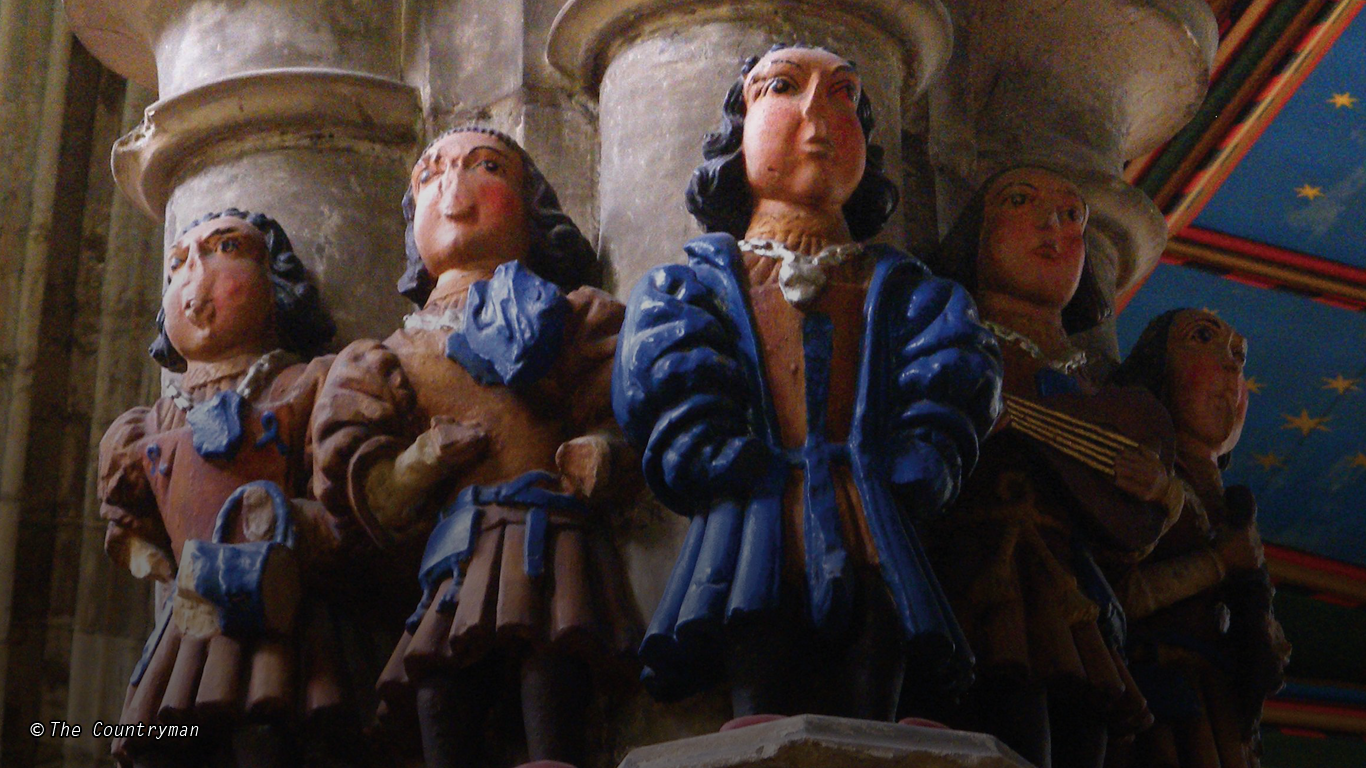
This month, we’re delighted that the wonderful folks over at The Countryman magazine have kindly featured #FolkloreThursday in their January edition!
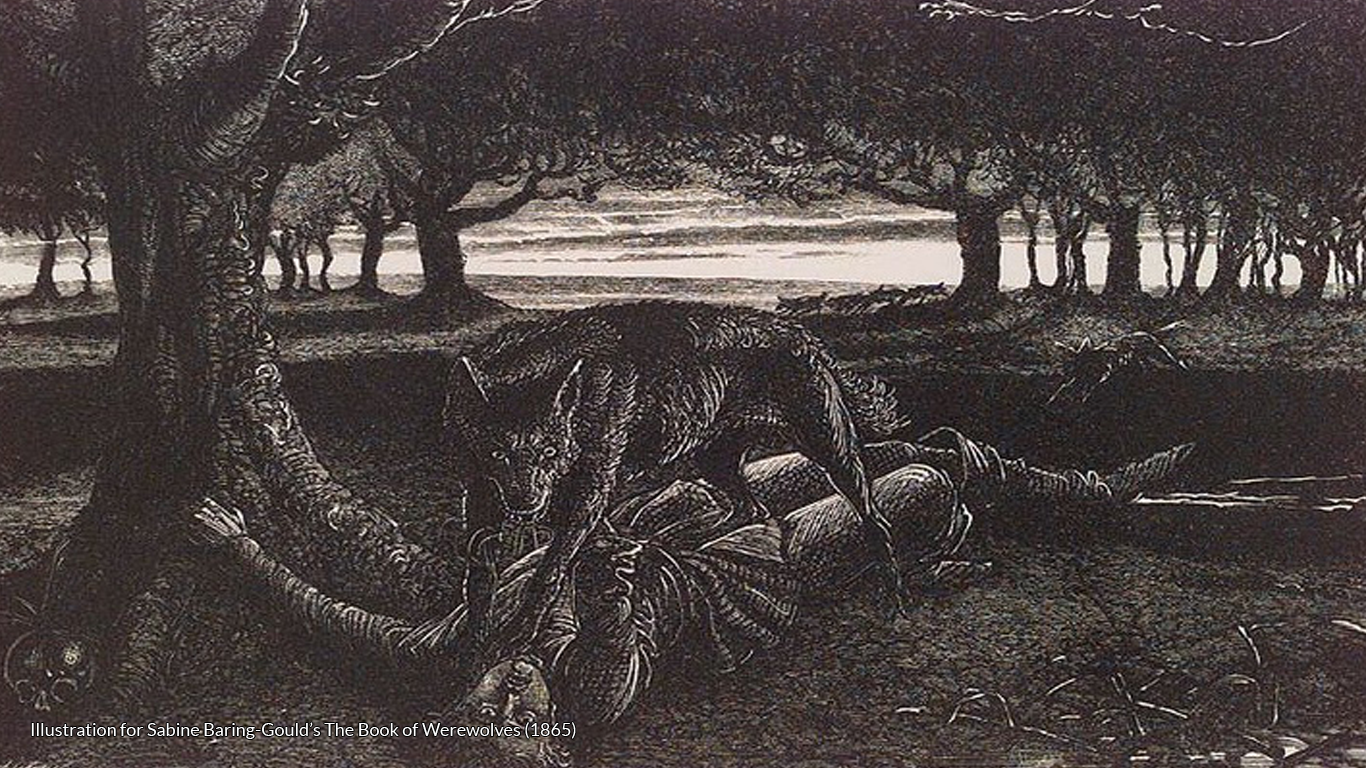
Werewolves are considered to be a traditional monster in the twenty-first-century popular culture.
By continuing to use the site, you agree to the use of cookies. more information
The cookie settings on this website are set to "allow cookies" to give you the best browsing experience possible. If you continue to use this website without changing your cookie settings or you click "Accept" below then you are consenting to this.